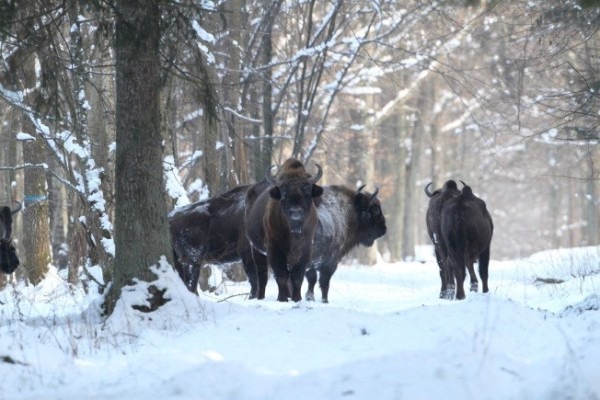When you travel through European plains, you can hardly see any old forest — not to mention any sizable blocks of it. As in any other place on the Earth with long history of human use, basically all land covered with fertile soils has been converted to farmland or developed into urbanised area. There is one major exception: the Białowieża Forest located at the Polish-Belarussian border.
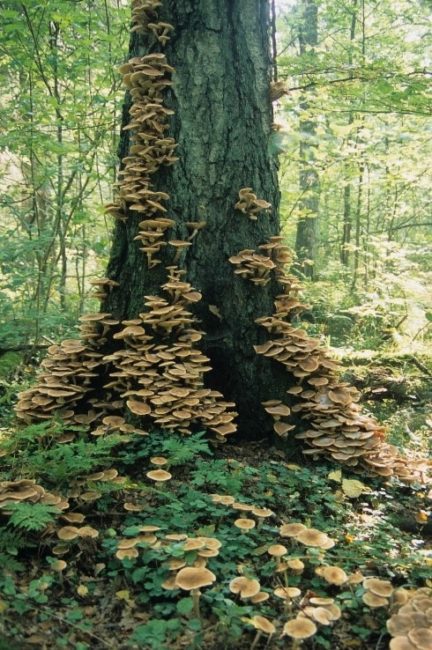
Highly worrying for us, researchers working with biodiversity, is the newly made decision by the Polish Minister of the Environment allowing for massive logging in the ancient Białowieża Forest, a unique place, well-known for anyone working with conservation biology.
The bulk of forest stands in this UNESCO World Heritage site has never been cut due to continuous protection. First, the crowned heads kept it as a game reserve. Later, modern forms of protection such as national park and nature reserves covering parts of the Białowieża Forest have been introduced. Also, parts of the Forest managed by the National Forest Holding from the middle of 20th Century were subject to special management regime, adjusted to the particular character of this place, with limited logging activities.
The Białowieża Forest represents remnant of the temperate broad-leaved forest that once covered most of European plain. That type of forest in its primeval character is now reduced to ca. 0.2 % of its original area. The forest is not huge; slightly over 1,500 km2. Still, some hundreds of European bison roam there along with populations of large carnivores like wolf and lynx and many other species that are rare elsewhere in Europe.
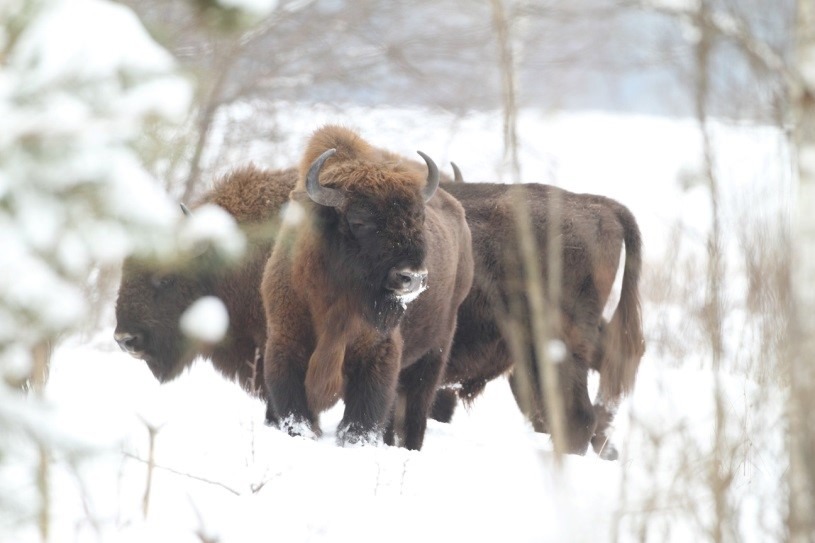
To us, as scientists studying biodiversity, the main value of the Białowieża Forest is accumulated in a massive occurrence of large and old trees, high amounts of dead-wood and natural dynamics of forest stands all being very unique to this area and supporting thousands of different specialised species ranging from birds and mammals using cavities or building nests in the canopy to lichens, fungi and microbes dependent on different stages of tree life and its decomposition.
It is not surprising that Białowieża Forest has been an invaluable reference area for scientists studying natural characteristics of European forests.


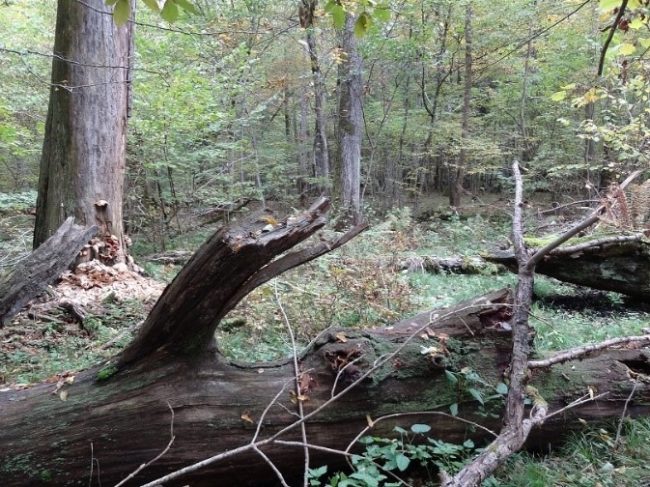
If you search for research articles written in English on Białowieża you receive almost 2000 hits, double of the figure for that you would get for Yosemite, for example. All of the above makes the Białowieża Forest incredibly precious natural heritage which without doubt should be protected for future generations. So, why log it much more intensively now?
This decision is an outcome of a long-term conflict about the fate of the Forest, focused around the debate if it may maintain its value without human intervention. Foresters with support of a large part of local population and some forestry scientists believe that the Forest requires continuous care in form of silviculture measures that “protect” the forest from unwanted changes like accumulation of dead-wood, lack of regeneration of desired tree species and presence of dying trees perceived synonymously with dying forest.
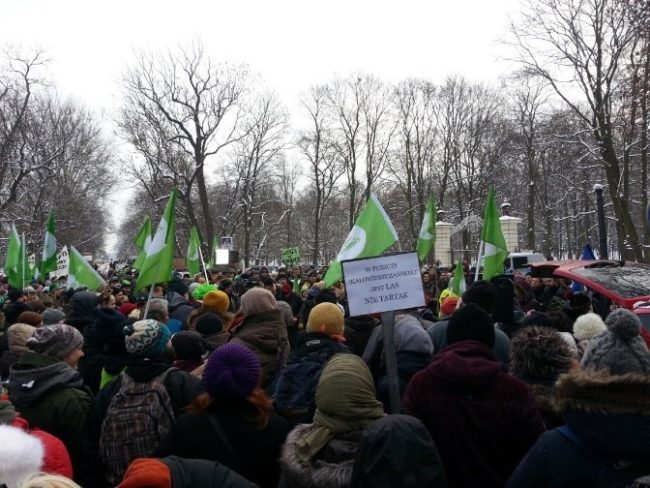
On the other hand, environmentalists and scientists (mostly ecologists) focus on the value of the Białowieża Forest’s biodiversity linked to natural processes. For a long time, they have been proposing to cover the whole Polish part of Białowieża Forest with National Park (it’s presently only 16% of the area). The conflict seemed to be solved three years ago. The Park was not enlarged then, but instead new management plans drastically lowering logging levels in the managed part of the Forest were introduced.
However, the foresters did not stop lobbying for increasing the logging and the current outbreak of bark beetles killing old spruce trees provided them with an argument for that. A decision about increased logging encompassing large scale “experiment of ecological engineering” was made on 25 March 2016. According to the plan accepted by the Polish Minister of Environment, logging will be introduced on the two thirds of the Forest while the rest will be left untouched. The aim is to conduct an experiment to “answer the question who is right about the Forest past and future. Is it the ones who reckon that they know how to utilize natural resources and how to use them so that the whole world can consider them as primeval forests untouched by the human hand, or the ones who do not own such natural resources in their neighborhood, as they have damaged them in the past, and demand lack of any activities, which according to the first ones is leading to destroying these resources” [fragment of the minister’s decision; translated to English by the authors].
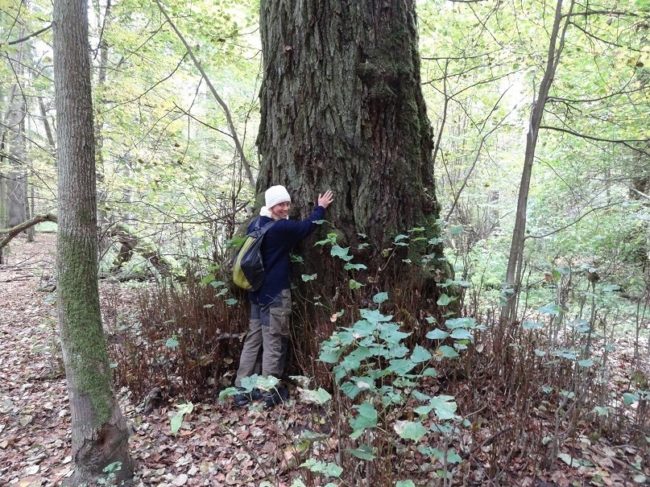
We are convinced that the new logging plan will be disastrous for the Białowieża Forest and its biodiversity. It is a high time to speak up loudly against the increased cuts of the Białowieża Forest, so this natural wonder will be preserved for future generations.
Petitions for supporting protection of the Białowieża Forest are available on Change.org and ILoveBialowieza.com.
Ass. Prof. Grzegorz Mikusinski works at Swedish University of Agricultural Sciences. He is interested in biodiversity conservation at different spatial scales, in Sweden and worldwide. His particular attention is directed towards forest environments and their bird fauna.
Dr. Malgorzata Blicharska works at Uppsala University in Sweden. She works with political and social aspects of biodiversity conservation, such as policy implementation, public participation, conservation conflicts, ecosystem services and spatial planning for conservation
MAHB-UTS Blogs are a joint venture between the University of Technology Sydney and the Millennium Alliance for Humanity and the Biosphere. Questions should be directed to joan@mahbonline.org
The views and opinions expressed through the MAHB Website are those of the contributing authors and do not necessarily reflect an official position of the MAHB. The MAHB aims to share a range of perspectives and welcomes the discussions that they prompt.

